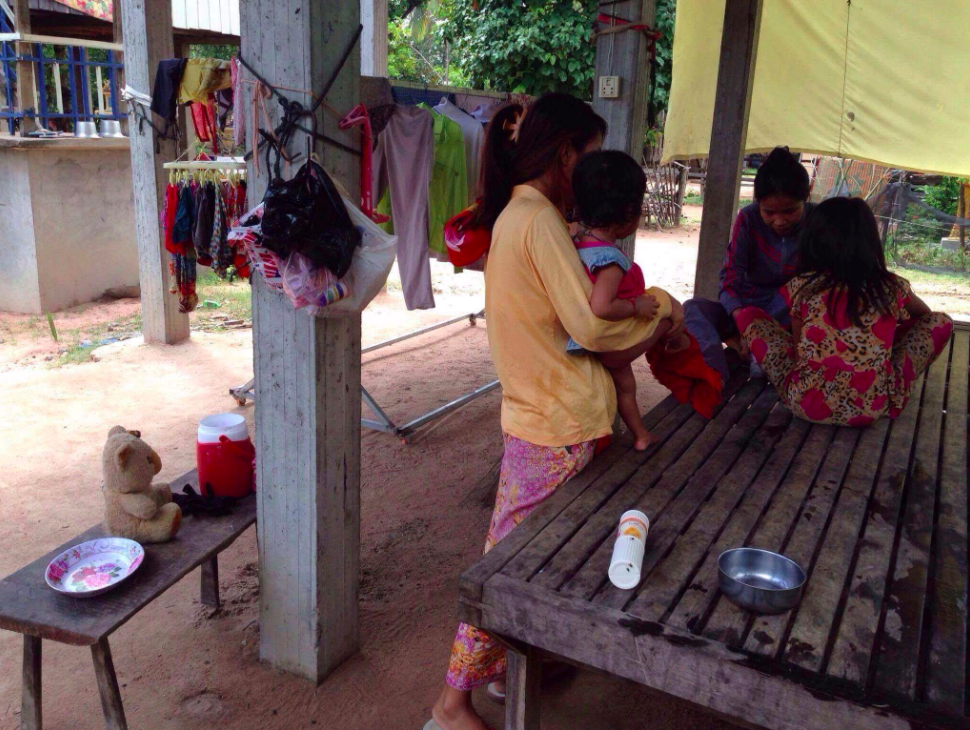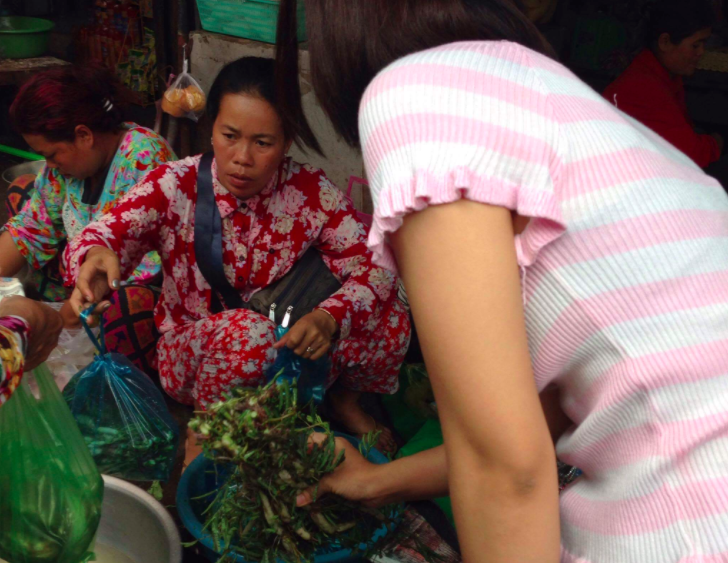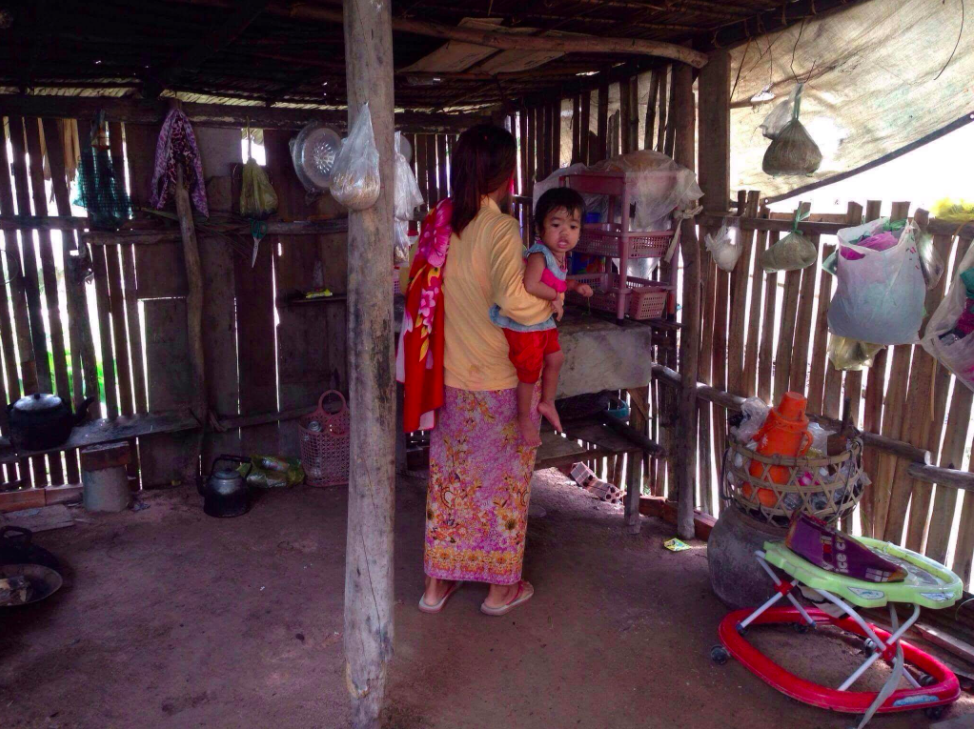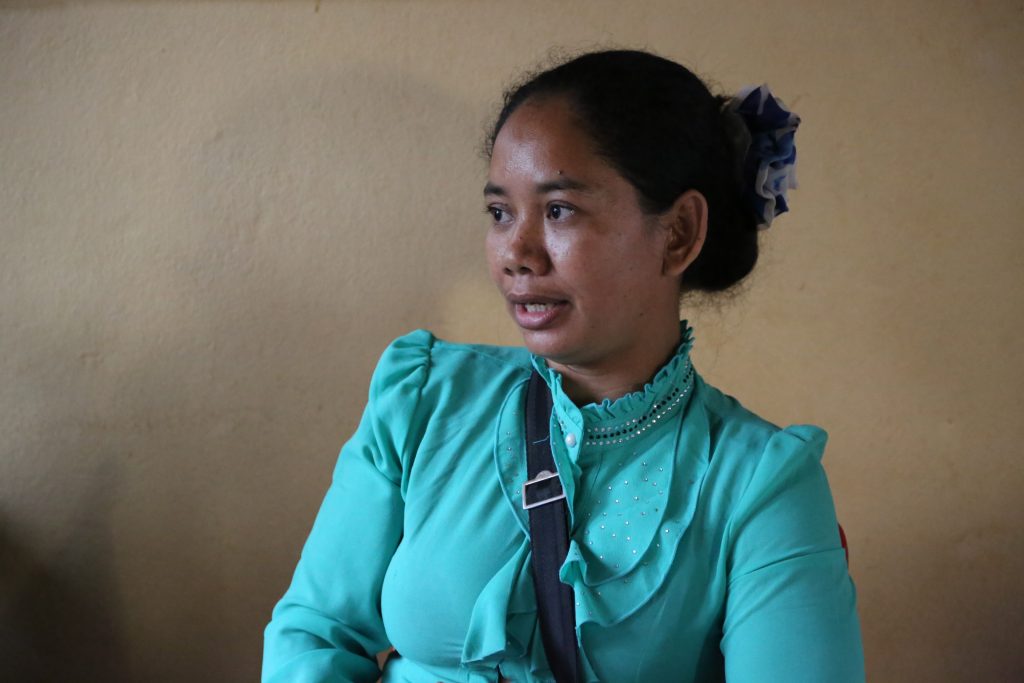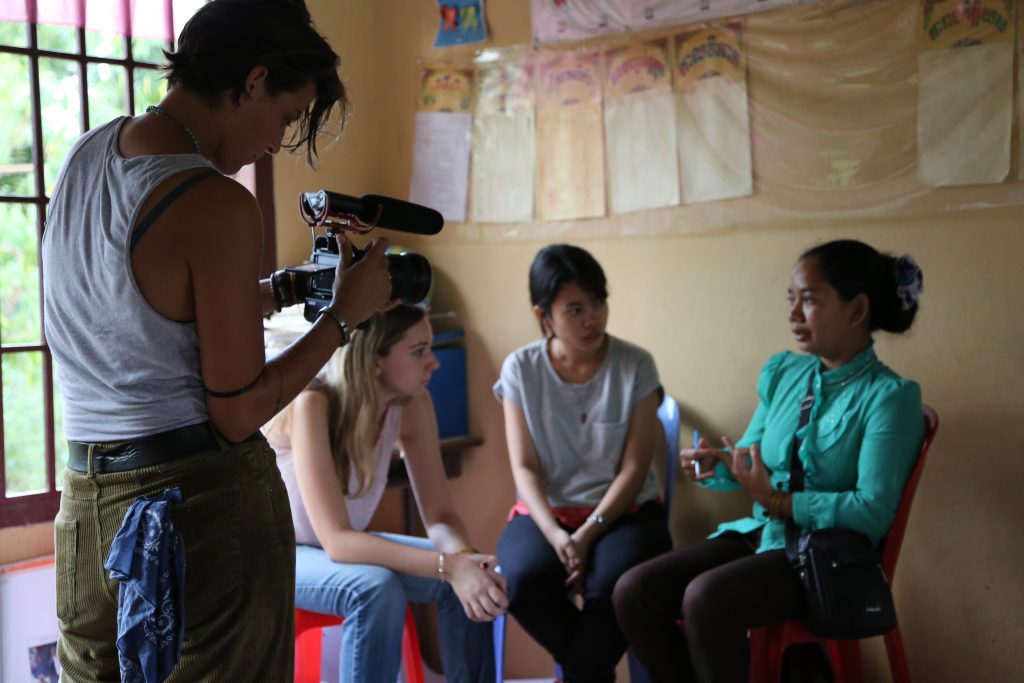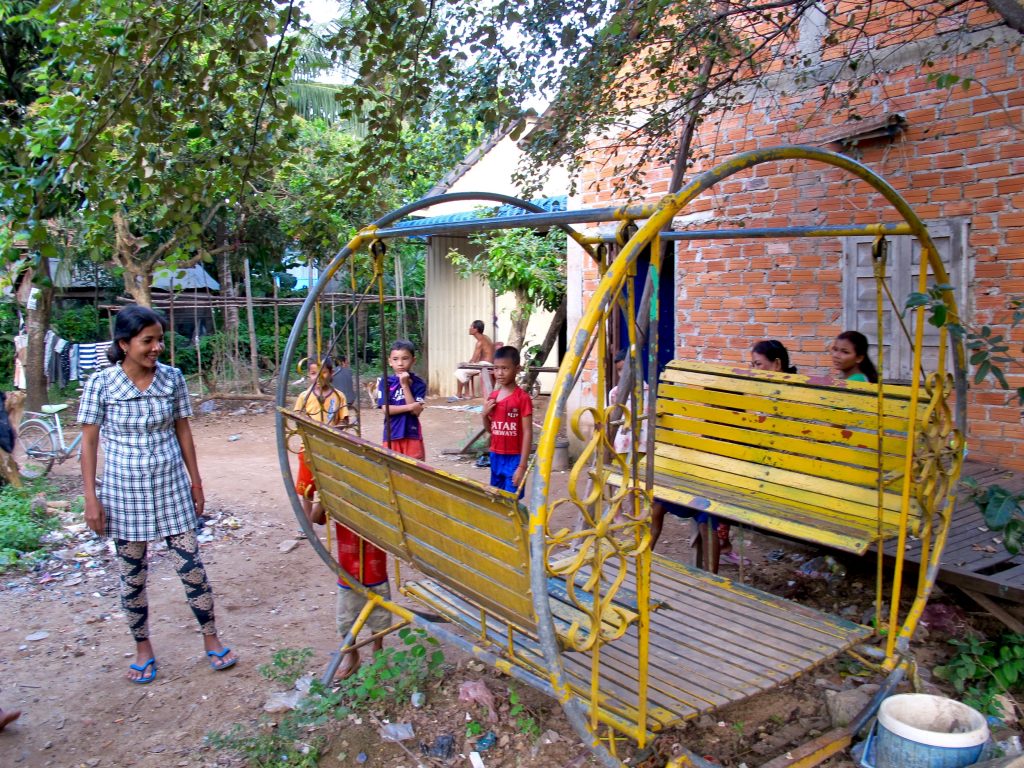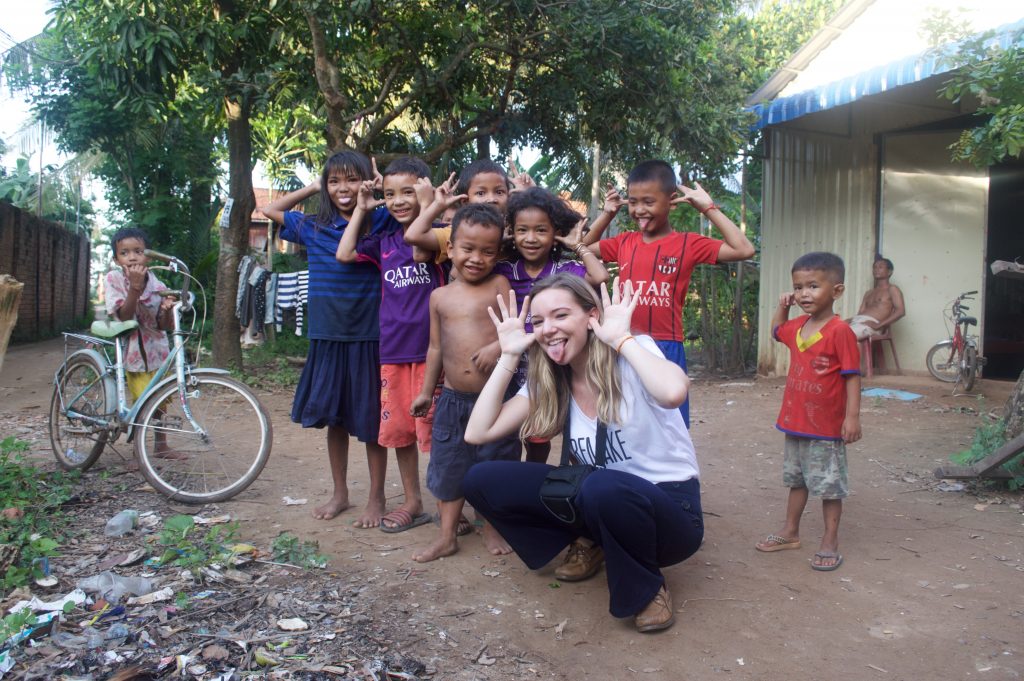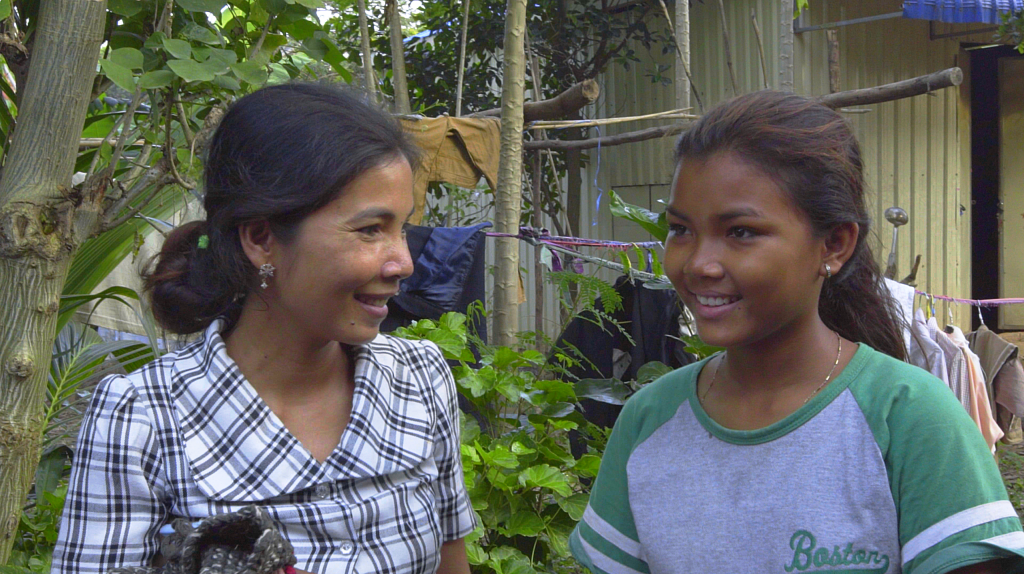Por: Microfinance Opportunities
hace 2 meses.
Autores: Conor Gallagher y Guy Stuart, Microfinance Opportunities
Hace cuatro años, un incendio en la fábrica de Tazreen Fashions en las afueras de Dhaka mató a 112 trabajadores de la confección y lesionó casi al doble. Entre otras consecuencias, se produjo un clamor internacional pidiendo una mayor regulación de las condiciones de seguridad y salud en las fábricas de confección textil en todo el país. Las marcas de ropa y los minoristas se reunieron y acordaron controlar mejor las condiciones de trabajo dentro de las fábricas de confección donde se hacen sus prendas. Después ocurrió el desastre de Rana Plaza, fue entonces cuando el gobierno de Bangladesh adoptó nueva legislación para fortalecer el organismo regulador que lleva a cabo las inspecciones de seguridad. En marzo de 2016, el Departamento de Inspección de Fábricas y Establecimientos había inspeccionado 1.549 fábricas de prendas de vestir ya confeccionadas en todo el país.
Aún así, los trabajadores de las fábricas de confección continúan enfrentándose a malas condiciones de seguridad y salud no sólo en Bangladesh, sino también en otros países exportadores de prendas de vestir principalmente. Estas malas condiciones no tienen por qué dar lugar a grandes tragedias como las de la fábrica Tazreen Fashions o la de Rana Plaza, pero sí que exponen a los trabajadores de las fábricas a condiciones poco seguras y sufren dolores y padecimientos innecesarios.
Hay equipos de investigación del proyecto de Los Diarios de los Trabajadores de la Confección[1] en Bangladesh, Camboya e India que han estado recolectando datos semanalmente sobre lo que los trabajadores de la confección ganan y sobre lo que pueden comprar cada semana, cómo pasan su tiempo a diario y si experimentan acoso, lesiones u otros hechos significativos mientras que están en las fábricas. Aunque todavía estamos en las primeras etapas de la recolección de datos, nuestro proyecto abarca a 540 trabajadores de estos tres países, y estamos escuchando lo que ellos nos cuentan sobre los peligros de seguridad y salud a los que se enfrentan.
Los trabajadores de nuestro estudio nos han informado sobre los principales acontecimientos que han tenido lugar en las fábricas. En Bangladesh, las mujeres de dos fábricas diferentes nos han informado sobre incendios. En el primer caso, se produjo un incendio durante la hora del almuerzo y tuvieron que apagarlo los propios trabajadores. En el segundo caso, el incendio se produjo durante un turno de medianoche y se tardó una hora en extinguirlo. No se reportaron bajas en ninguno de los casos.
En Camboya, una trabajadora nos informó que el dueño de su fábrica no le había pagado su salario, por lo que terminó yendo al puesto de guardia de la fábrica para tratar de obligarlo a pagar. A la semana siguiente, presentó una demanda en el juzgado contra el dueño, pidiendo de nuevo que le pagaran. Esto ocurrió hace más de dos meses y la situación aún no se ha resuelto. Hemos visto incidentes similares en Bangladesh. Por ejemplo, seis trabajadores de una fábrica cerca de Dhaka informaron de una huelga general en la fábrica ya que el propietario no había pagado sus salarios a tiempo. Esto dio lugar a altercados con agentes de policía, presionando al propietario a pagar poco después de que estallaran los enfrentamientos.
No todos los problemas a los que se enfrentan los trabajadores son asuntos tan graves como incendios o huelgas. Los trabajadores nos cuentan también algunos desafíos más frecuentes y recurrentes a los que se enfrentan. Los trabajadores de nuestro estudio nos han informado sobre acosos reiterados en el lugar de trabajo. Incidentes que van desde que les griten o insulten hasta el acoso sexual. En Camboya, los trabajadores han sido capaces de compartir con nosotros los insultos que reciben. Algunos ejemplos incluyen a mujeres a las que se les llama “idiotas” o “chicas locas”, mientras que el supervisor de una de ellas le dijo que “su futuro no es muy brillante con su descuidada forma de trabajar”.
Finalmente, los trabajadores de nuestro estudio nos cuentan los dolores que padecen a causa de su trabajo. En India y Camboya, por ejemplo, los trabajadores nos informan habitualmente de casos de dolor crónico. Los encuestados en estos países tienen dolencias comunes: los trabajadores en la India suelen padecer dolor de espalda y en Camboya han informado con más frecuencia de dolores de cabeza. Estos dolores son comunes entre los trabajadores de las fábricas de confección, ya que se enfrentan a condiciones de trabajo incómodas que les obligan a permanecer encorvados mientras realizan tareas repetitivas durante interminables horas. Estas condiciones causan estragos en los cuerpos de los trabajadores conforme pasa el tiempo, convirtiéndose en los tipos de dolor crónico de los que nos informan los encuestados a menudo. Existen casos extremos como el de tres de trabajadores de la India que informaron que padecen dolor de espalda todas las semanas, y que el dolor puede permanecer desde una hora a varios días.
Todavía estamos en las primeras etapas de recopilar y analizar los datos de las 540 mujeres que participan en nuestro estudio. A medida que avance el Diario de los Trabajadores de la Confección, seguiremos recopilando información sobre lo que sucede en las fábricas de confección en Bangladesh, Camboya e India. Utilizaremos entrevistas y encuestas para profundizar en las condiciones de trabajo específicas a las que se enfrentan los trabajadores.
Ahora le preguntamos:
¿qué le gustaría saber sobre las mujeres que hacen nuestra ropa y las condiciones laborales a las que se enfrentan?
Puedes preguntarnos utilizando @fash_rev #workerdiaries
[1] Los Diarios de los Trabajadores de la Confección es un proyecto de investigación de un año de duración liderado por Microfinance Opportunities en colaboración con Fashion Revolution y con el apoyo de C&A Foundation. Estamos recopilando datos sobre la vida de trabajadores de la confección en Bangladesh, Camboya e India. Fashion Revolution utilizará las conclusiones de este proyecto para abogar por cambios en el comportamiento de los consumidores y las empresas y por cambios de política que mejoren las condiciones de vida y de trabajo de los trabajadores de la confección en todo el mundo.
Phann is a 40-year-old garment worker living in Phnom Penh with her husband, a security guard. Their rented room is typical for a garment worker—encased by concrete walls and covered by a tin roof with one bathroom and no kitchen. Since Microfinance Opportunities (MFO) began interviewing her in July, Phann has reported working long hours, making products for major clothing brands. She has worked 61 hours a week on average, including three weeks when she worked more than 70 hours, well above the 60-hour week maximum mandated by Cambodian law. Despite her illegal hours, she is paid 66 cents an hour according to our data, falling just short of the legal minimum wage of 67 cents per hour.
Phann, like the other 180 women participating in MFO’s Garment Worker Diaries in Cambodia, is hoping that 2017 will bring new money as the Government of Cambodia has mandated that factory owners increase the minimum wage from 67 cents to 73 cents per hour, equivalent to an increase from $140 to $153 per month [1].
Most of our diarists are positioned to receive that increase—approximately 68 percent report earning the minimum wage, if not higher. The other 32 percent of workers stand to be disappointed, according to a preliminary analysis of the data. They earn only 57 cents an hour on average, so far below the minimum wage that an almost 30 percent increase in their wages is unlikely.
Not only are they receiving less than the minimum wage, but the ways in which their earnings are calculated are often opaque, and their payment schedules are inconsistent. For instance, Mao—a 28-year-old garment worker living in Phnom Penh—received checks showing that she earned the minimum wage. During our first interview, she reported that the factory paid her $140, but she could not tell us how many hours she worked during the pay period. At that moment, we were hopeful she would be one of the garment workers who received fair wages for her work. Her next check was for $137.50, but she worked 250 hours during the pay period which equates to only 55 cents an hour. She fared better on her next paycheck, earning 68 cents an hour for 227 hours of work. However, by the time she received her fourth check, any pretense that she was receiving fair wages had disappeared. She earned $90 for 200 hours of labor, equal to 45 cents an hour.
At least Mao’s employer paid her. Chen, who works in another factory in Phnom Penh, worked 194 hours but was never paid as her employer absconded. She and her colleagues did everything possible to stop him: they attempted to block the exits to the factory to prevent his escape and sought a court order to detain him, or at least seize the assets of the factory, but those efforts proved unsuccessful. As of this writing, she has still not received any compensation for her work.
For women like Mao and Chen, and women like Phann who are paid fairly but work in excess of what is allowed by law, an increase in the minimum wage will not be enough to ensure their dignity. Brands and the Government of Cambodia must enforce the regulations that ensure fair wages and working conditions.
There has been slow progress in this regard, and a lack of transparency in the supply-chain makes evaluating the pace of progress difficult. Organizations like the Solidarity Center and Human Rights Watch are investigating working conditions to bring better transparency to the sector, but their main leverage point is to indict the reputation of the brands, a real but indirect threat to brands’ bottom lines. Consumers, with their ability to directly impact brands’ by altering their purchasing patterns, are the ultimate leverage point. For change to occur, you as consumers must demand transparency and fairness throughout the supply-chain.
To ensure dignity for these women, you must demand a fashion revolution.
[1] The legal minimum wage in Cambodia is $140 per month and is not typically reported as an hourly rate. The legal regular work week, before earning overtime, is 48 hours per week. For an average month, this equates to 67 cents per hour. The government has set the minimum wage in 2017 at $153, equal to 73 cents per hour.
The Garment Worker Diaries is a yearlong research project, led by MFO and supported by C&A Foundation, which is collecting data on the lives of garment workers in Bangladesh, Cambodia, and India. Fashion Revolution will use the findings from this project to advocate for changes in consumer and corporate behavior and policy changes that improve the living and working conditions of garment workers everywhere.

By Allison Griffin for Remake
Few things are more powerful than a room full of women who have something to say.
As part of our Remake Journey we traveled 2 hours outside of Phnom Penh along dirt roads to a small school in the middle of rice fields, one of the few safe places makers are able to unite to talk about their rights without the police breaking up the meeting.
This gathering was hosted by Solidarity Center, to help makers fight for their rights. We learned that when big factories agree to cheap prices and tight deadlines, they often can’t meet these demands. So they ship orders off to fly by night operations–dark, dingy subcontracted factories where the conditions are the worst.
The women we met had sneaked out labels from the brands they illegally sew for including Zara, H&M and Tommy Hilfiger. It was dangerous for them to sneak these photos and labels out but they did it anyway, in the hope that we and you as readers would help them, to ask these brands pressing questions about why they worked such long hours for so little.
I had the honor of sitting down with one such maker, Char Wong. This is her story:
I grew up in a family of eight children raised by a single mother. I was a farmer before working in a subcontracted garment factory. I found work in a subcontracting factory to earn more money and provide a better life for my own family, but the pressure from the daily quotas is stressful and the money is not enough.
I support my 16-year-old son, 10-year-old daughter, my elderly mother, along with my husband who is a farmer. I struggle to feed everyone with the minimum wage and extra $2.50 a day that I earn. My mother has diabetes and her medicine costs $30 a month, over 20 percent of my monthly income. I also want to save money for my children’s education.
wanted a better life for myself and my family which is why I took this work. But life has become harder. I get paid per 12 pieces, but if there’s even one single error in the batch, I don’t get paid at all.
A few years ago, the factory would receive an order for a new design every two or three months, but with the new fast fashion cycles, it now gets more and more new designs in a shorter amount of time. Learning complex designs is very difficult and we get no training. Sometimes it takes two or three hours just to learn and the factory supervisor scolds us for any mistakes. The more time it takes to learn a design, the less time I have to meet the quota and the less money I make. I typically make $5 a day, but with the more complex designs, I only make $2 a day.
Sometimes I cry because I fear I won’t meet the quota and get paid.
Like most parents from all corners of the world, I want a better future for my two children. I hope to pay for their college education so that they can work in Cambodia’s government. Government jobs pay well and do not require hard physical labor. I hope that my children can be government leaders and help improve the conditions and rights of future garment factory makers, just like myself.
I am grateful for organizations like the Solidarity Center, who teach us about our rights. I am learning to speak up more. I want my story and my colleagues’ stories to spread to people throughout the world.
You being here, listening, makes me hopeful.
I definitely felt a lot of girl power throughout the day, both from our own all female crew and the makers we met. These women are not playing victims, but fighting for their rights and educating themselves on their rights. Speaking with Char Wong, I realized that the hopes she has are fundamentally no different from mine–for a fulfilling life. I hope as a designer, I can be a part of the change and that this story moves you to buy better. Together we can #remakeourworld.
By Allison Griffin for Remake
I am not nervous to speak with you at all. My life has been full of hardships. At this point I am not scared of anything.
We met Sreyneang, a woman who has been working inside a Cambodian denim factory for three years, but has worked in the garment industry for many years. We traveled back to her home with her after her shift in a vehicle similar to a tuk tuk, but larger and less put together. The motorbike pulled a wagon with wooden beams across as seats and you had to balance the weight of people sitting, so that it would not tip over.This or trucks with empty backs are what most of the makers in Cambodia take to and from the factory.
I’ve been sewing since I was 15, my whole life. My husband was a security guard but he got sick. So now my garment maker salary supports him and my two daughters.
I work two jobs. I get up early. Take my kids to school. Then I take transport to the factory. At night I work as a tailor to supplement my income. I usually work until 10 or 11PM at night.
My home village is 3 hours away but I have a small house I bought here, which is unusual because most of my colleagues in the factory are stuck renting from landlords who raise the rent every time our wages are raised.
Her home was at the end of a dirt road and there were a lot of children all around. It was one room with earth flooring and a woven mat and benches, but no beds or indoor plumbing, but it did have electricity. She said she saved up to buy this land and built this house because it was closer to work.
My daughter told me she would drop out of school and start working to help me because she knows how stressed I am. But I said NO. She’s 14. I want her to stay in school and have a different life than me. I want my daughter to go to a school like Parsons and become a designer!
At dinner, she bought water bottles for all of us, which was very kind because they are expensive. While eating dinner, Sreyneang said she usually has only two spoonfuls of rice for dinner. It definitely put things into perspective and you could see the direct effects of low wages.
Sreyneang said she felt blessed that she met us. She wondered if her life would change from this meeting. We parted ways with WhatsApp numbers, big hugs and promises for a future evening together.
The world is round and we are all sisters. I want designers to know of the hardships and suffering in my life, of makers’ lives and the low wages we get.
